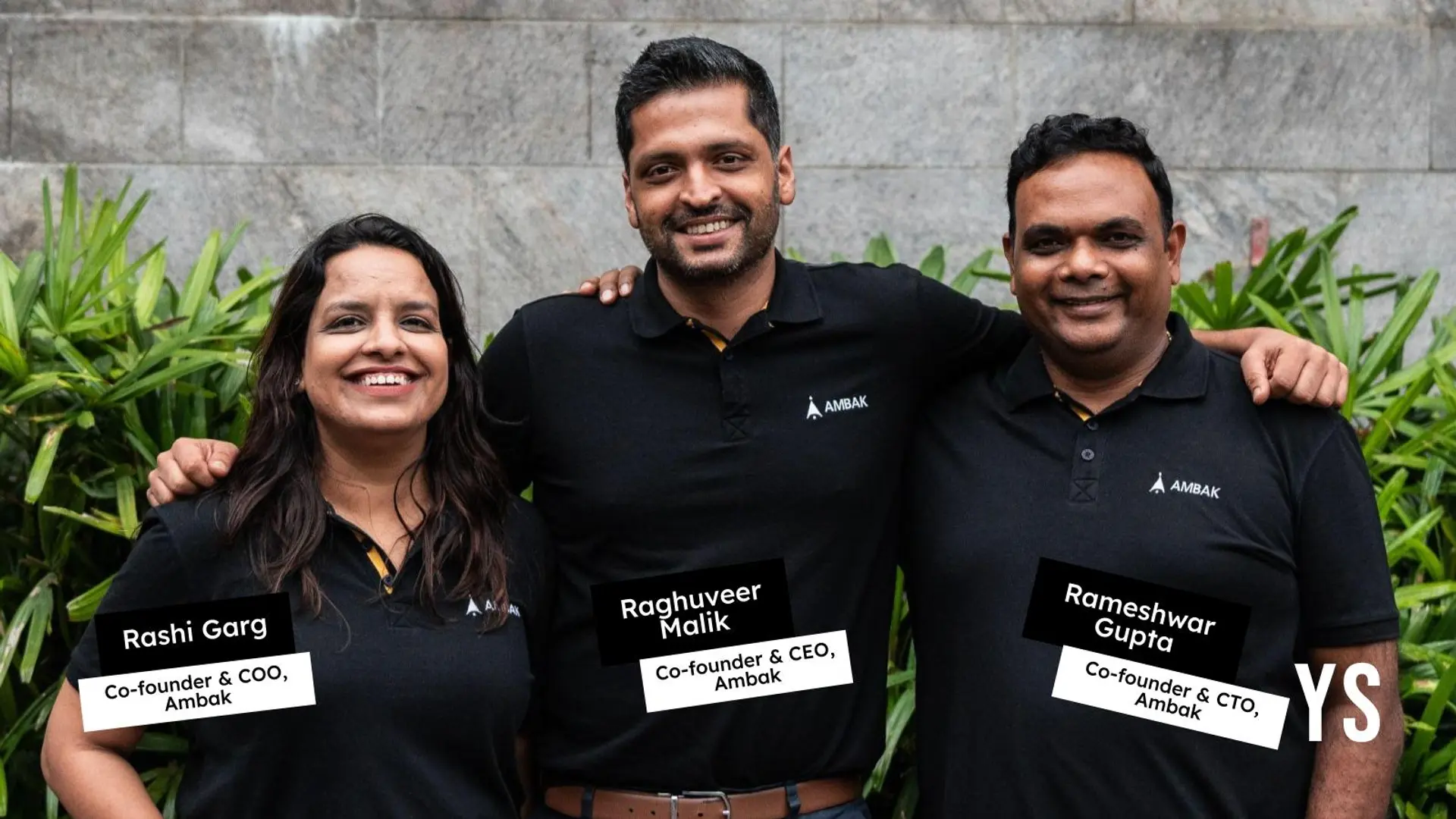Experts root for policies, processes, and constant awareness to build safe and diverse workplaces
Experts advocate focusing on quantitative and qualitative metrics while integrating intersectionality into the diversity and inclusion measurement approach.
Policy and processes are important in promoting diversity and inclusion in workplaces, stated experts in a panel discussion on ‘Safe Spaces: Elevating Psychological Safety in the Workplace,’ organised by Serein in Bengaluru.
Serein is an organisation that partners with startups and corporates to build diverse and inclusive workplaces.
Setting the tone for the event, Kelly Roberts-Robbins, Associate Director, SAGANA, acknowledged the fact that bias is a real challenge.
Nilesh Iyer, CEO of Natixis Global Services (India) Pvt Ltd, was quick to add that controls and processes are designed by humans and thus have flaws. However, the first step to creating an environment of safety begins with collectively improving these processes.
However, Roberts believes that the amount of time it takes to correct the system is also crucial. She also emphasised that in young and early-stage startups, systems and processes are often lacking, resulting in individuals taking control.
“Processes and systems need to be in place because the focus on diversity should not be dependent on an individual. It has to be embedded in the system,” she said.
She also noted that while many people are neutral on the topic of diversity, it is not effective to turn a blind eye to diversity concerns.
Honeydeep Singh, VP of Pando, agreed and added that one can be conscious of the bias and check it while organisations can put guardrails in the form of policies.
He said that small steps are necessary to start a conversation in this direction.
A solution-oriented approach
While diversity and inclusion might look different in various sectors, the experts agreed that awareness and strong policies are the most probable solutions.
Atul Singhal, CEO of , explained that money is a socially tabooed topic. He said that for financial inclusion, awareness and building self-confidence are important. He believes that by raising awareness, people will be able to comfortably talk about money and women can take ownership of budgets.
Runa Dhawan, People Director at AB InBev, GCC India, acknowledged that the association of women with the alcohol sector is still not widely accepted. She believes promoting diversity and inclusion requires spreading awareness and implementing supportive policies.
On that note, Dr Aarti Shyamsundar, Global DEI Lead at Accenture, highlighted that it is also important to work with the leadership. She further explained that in case of mental health, when leaders come forward and share their experiences and struggles with courage, it changes a lot.
“Don't make the topic intimidating. Simplify it, get back to fundamentals, and meet people where they are,” advised Bhavana Talwar, VP of .
Bringing in the metrics game
Saurabh Nigam, VP of Omidyar India, explained that social impact was not considered as a metric in the process of business evaluation for investment. However, now it has become one of the crucial factors.
He also emphasised that although diversity cannot be fully measured, the focus should be on both quantitative and qualitative metrics.
Dr Shyamsundar agreed and added that while awareness training is important, it must be supported by behaviour change efforts. She emphasised the need to broaden the perspective and take a holistic approach, using intersectionality in the measurement process.
Edited by Megha Reddy







